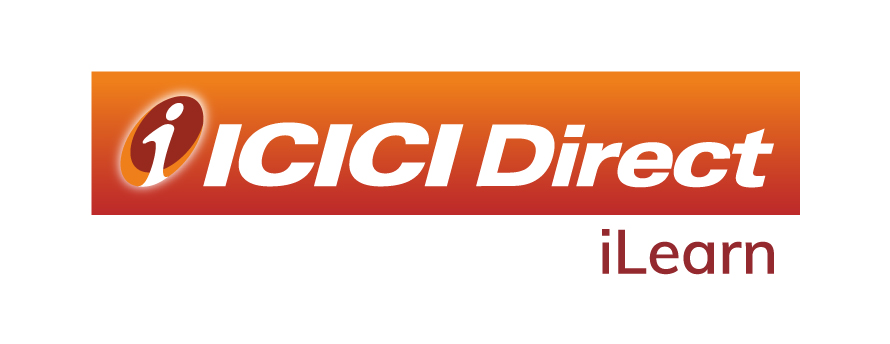Looking at the Dynamics of Option Margin Trading

Introduction
We have seen that in an options contract, you have the right to buy or sell an asset at a specific price by a particular date. It is also called a derivative contract as it derives its price from the value of the underlying asset.
Types of options:
There are two types of options – put and call.
A call option let’s you decide if you want to buy the underlying asset. On the other hand, a put option allows you to make the choice to sell the underlying asset. Click here to watch a video on options and their types.
Strike price/Exercise price
The predetermined price at which you can buy or sell your asset when you trade a call or put option is called the strike price or exercise price. It is the prices can either be “in the money” or “out of the money”.
When you trade a call option, your exercise price will be in the money if it is below the value of your asset. For instance, the price at which you are going to buy the share (exercise price) is Rs. 100 and the value of your share is Rs. 120. Then, your exercise price is in the money as there is a difference of Rs. 20 that you would have lost if you had not exercised your call option.
Your exercise price would be out of the money if it is above the value of your asset. An example is a situation in which you have the option to buy a share worth Rs. 100 at the exercise price of Rs. 120. You have the right to buy the share at that price, but not the obligation.
The reverse would apply for a put option. When you sell your shares, you would want your exercise price to be more than the value of the asset. Your exercise price will be in the money in a put option if you sell the share at Rs.120 when the value of the share is Rs.100. You also have the choice to sell it when the price is below the value of the share.
The value of the share is only determined on the date the option is to be exercised, that is, the option’s expiry date.
Expiry date:
You have the option to buy or sell these shares at a particular date called the expiry date. Based on the value of the share and the exercise price that you have set, you can decide to either buy or sell your shares on this date.
Additional Read: Five key parameters to look before buying an option
Margins on options:
When you buy shares on a margin, it means that you have borrowed from your broker. This money is given in the form of a loan. You will have to pay interest on this at periodic intervals.
You use the securities in your account as collateral. This can be used by the broker to cover any credit risk. Click here to watch a video on margin trading.
Margins on options are more challenging than margin on shares. This is because in options contracts, there is a longer time span before expiry.
There are two broad varieties of margins used by brokers to calculate margins on options:
- Span margin
- Exposure margin
Span margin:
The broker uses a software called Standard Portfolio Analysis of Risk (SPAN) to calculate the span margin. It generates varied scenarios by assuming different share prices at different levels of market volatility. It also calculates the possible loss in these scenarios. The initial margin to be paid would be the greatest loss in any of the scenarios. This is the minimum required margin you need to pay to the broker.
Exposure margin
A broker will charge you exposure margin over and above the SPAN margin. Brokers consider this margin as an add-on margin that is dependent on your exposure on exercising the option.
The total margin to be paid would be the sum of your Span margin and exposure margin.
Conclusion:
An option contract lets you decide if you want to buy or sell shares at a particular price set by you on a particular date. Margins on options allow you to borrow money at a lower cost for a long time period. While there are advantages while dealing in options, you should keep track of the risk involved in holding it for a long time. The uncertainty will enhance the risks, and this may lead you to pay a higher margin. In order to lessen the probability of future losses, you need to be aware of the charges and risks involved in dealing in such contracts.
Disclaimer:
 Top Mutual Funds
Top Mutual Funds








COMMENT (0)